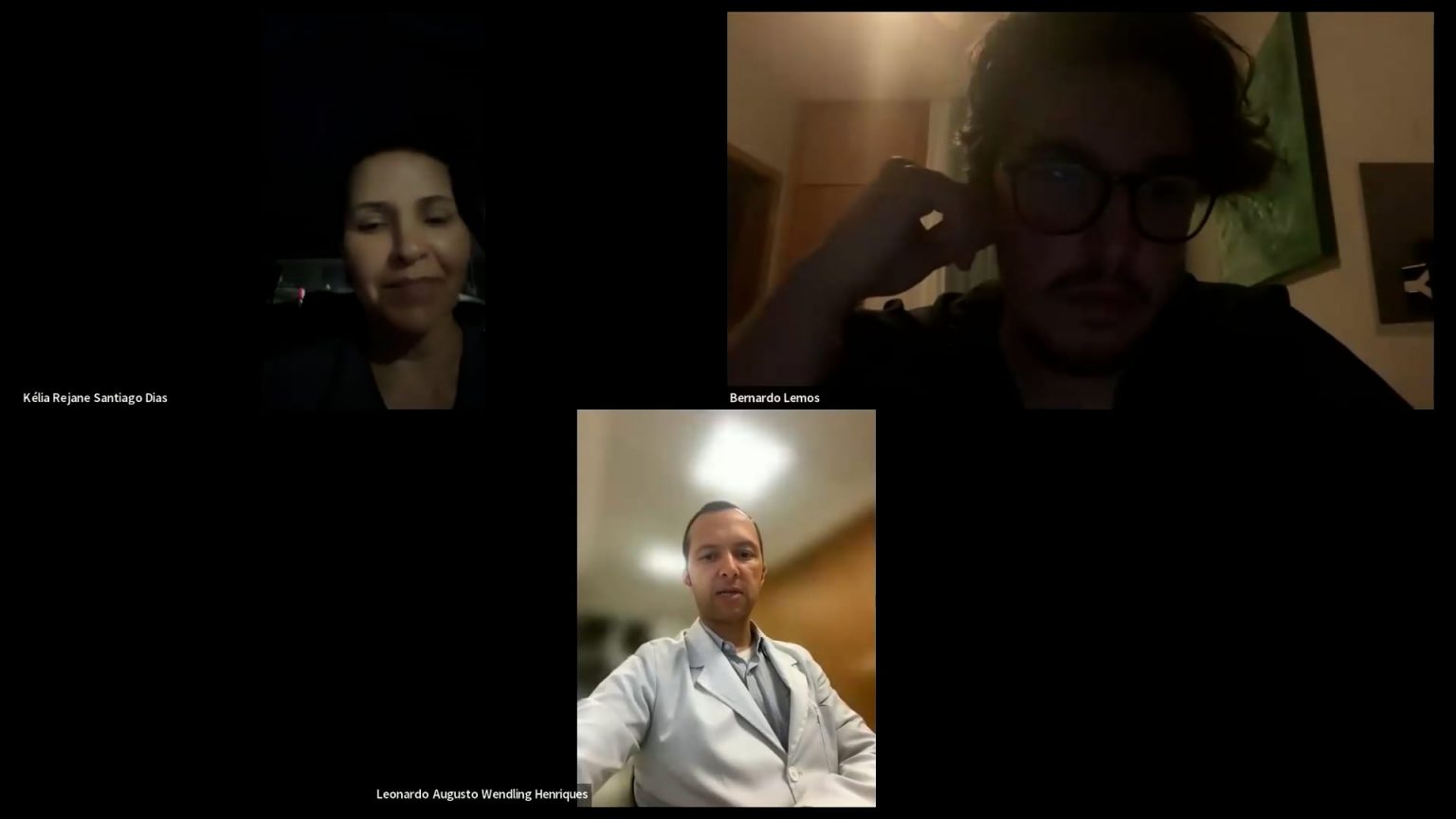Artigo
The Role of Axillary Lymph NodeDissection in Breast Cancer PatientsWith Residual Nodal Disease AfterReceiving Neoadjuvant Chemotherapy
Abstract
Background: While sentinel lymph node biopsy (SLNB) in breast cancer patients with limited axillary disease undergoing upfront surgery is well-accepted, there are insufficient data supporting its safety with residual nodal disease (RND) following neoadjuvant chemotherapy (NAC).
Objectives: To evaluate axillary management and oncologic outcomes of patients with RND.
Design: A retrospective review comparing patients receiving SLNB to those receiving axillary lymph
node dissection (ALND).
Methods: Patients treated for breast cancer at our institution between 2015 and 2023, who received NAC and had RND, were identified. Patient and tumor characteristics, treatments, and outcomes information were collected. The relationship between axillary management and oncologic outcomes was examined.
Results: Of 155 patients, median age was 55 years (interquartile range [IQR] 46–64) and follow-up 56months (IQR 34–73). Most patients were pathologic tumor stage 1–2 (105, 67.7%) and nodal stage 1 (106, 68.4%), with ductal histology (127, 81.9%). The most common receptor pattern was estrogen receptor-positive, progesterone receptor-positive, and human epidermal
growth factor receptor 2-negative. A total of 107 (69.0%) underwent mastectomy, 47 (30.3%) lumpectomy, and 138 (89.0%) received adjuvant radiation. Regarding axillary management, 121 (78.1%) underwent ALND and 34 (21.9%) SLNB. Univariate analysis found no differences in overall survival (68.6% vs 70.6%; P=1), any recurrence (local, axillary, or distant; 36.4% vs 35.3%; P=1), or specifically axillary recurrence (9.9% vs 8.8%; P=1), between ALND and SLNB groups, respectively. This was also demonstrated on multivariate analysis. Conversely, there was a significantly increased
rate of lymphedema in the ALND, 57.9%, vs the SLNB group, 35.3% (P=0.03).
Conclusions: ALND was not associated with improved survival or recurrence risk compared with SLNB in patients with RND following NAC, but was found to have a higher rate of lymphedema. This study is limited due to its retrospective nature. Further data, such as from the ALLIANCE A011202 trial, will help to further clarify the optimal oncologic management for this group of patients.
Compartilhar em:
Comentários
Cursos Relacionados
Livros Relacionados
0
Conteúdos Relacionados
Comentários
Deixe um comentário Cancelar resposta
Você precisa fazer o login para publicar um comentário.












